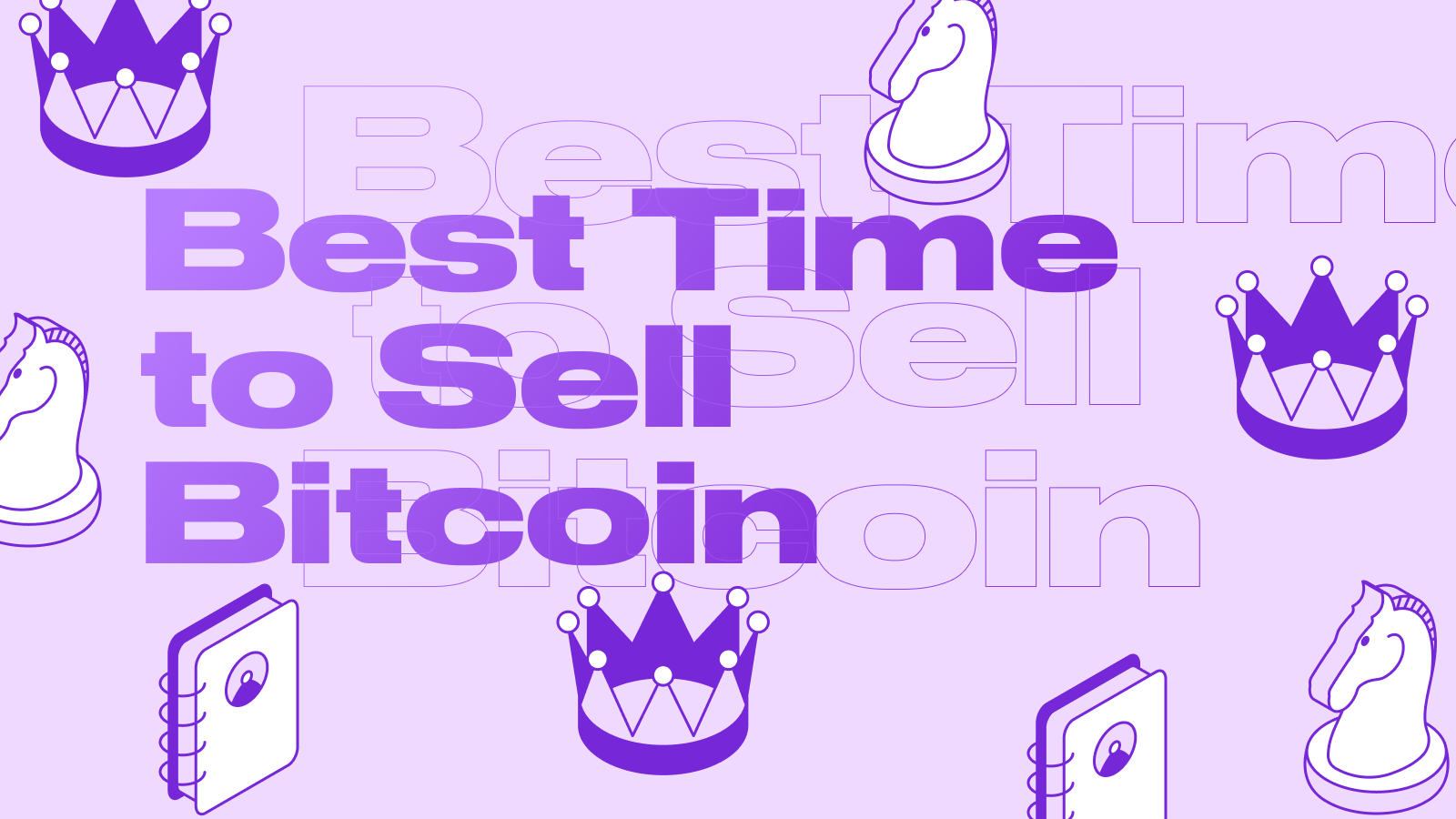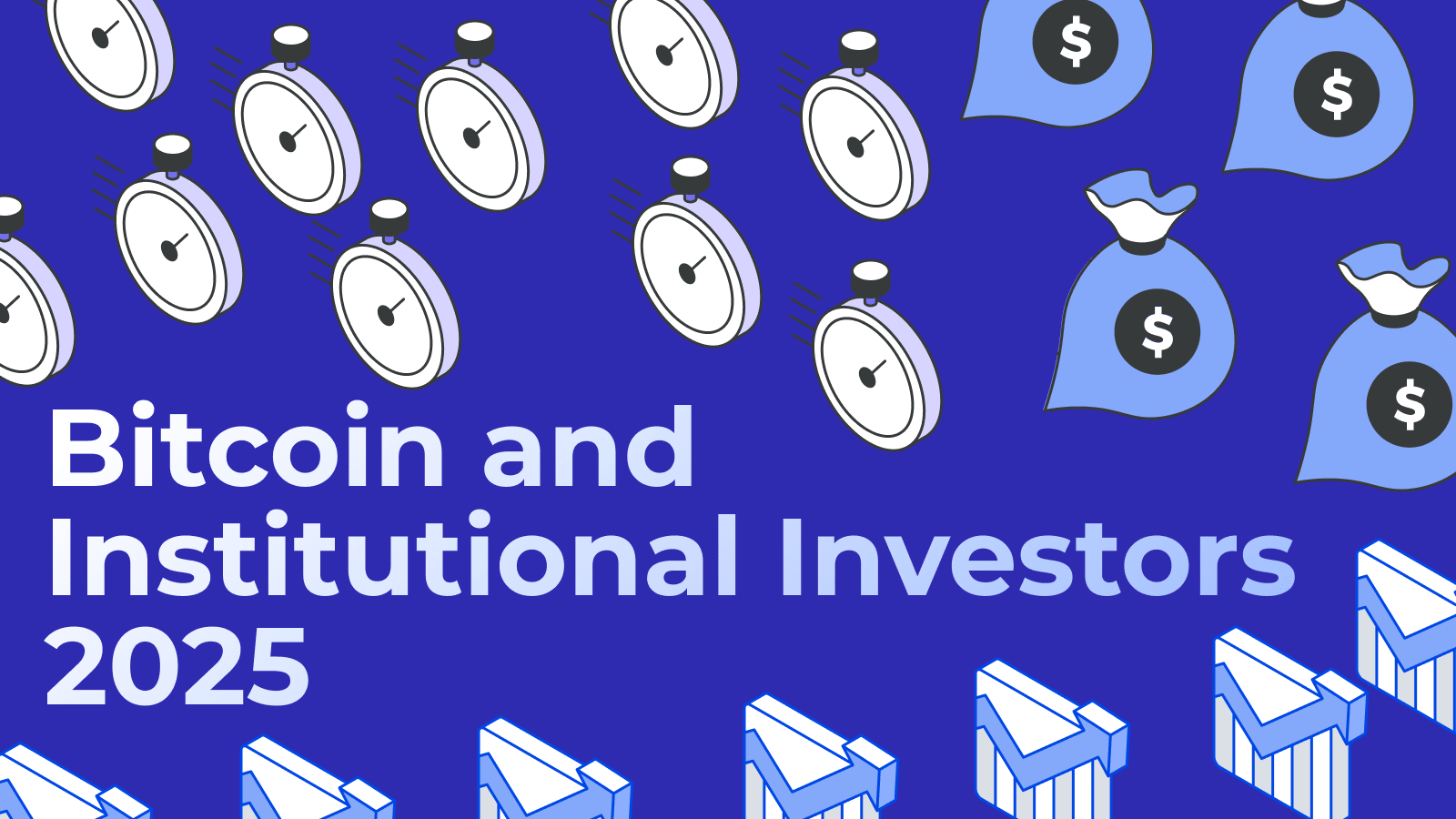Bitcoin Lightning Network Guide
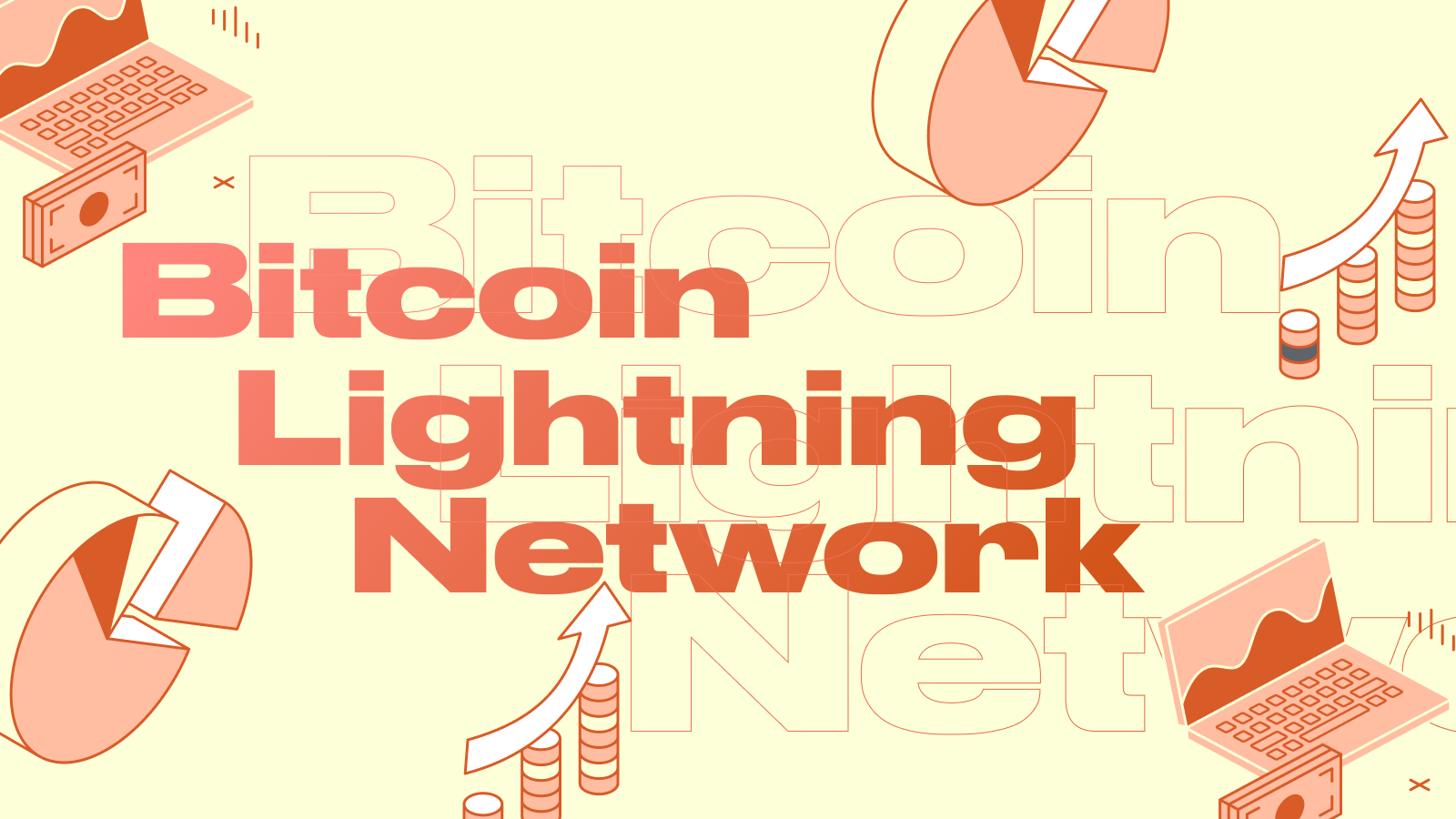
Understanding Bitcoin's Lightning Network: Complete Technical Guide
Bitcoin is the leading cryptocurrency in society, the trendsetter in the crypto market, and the first successful numeric currency. In this case, the probability of transferring funds according to the whole society due to the downloaded minutes was a real breakthrough, for this reason, bitcoin instantly gained extensive fame.
But according to the facet of this, as well as more and more users, without exception, introduced this newest asset, the blockchain located in its database met with certain scalability difficulties. And directly, the line is able to process only a narrow number of transactions per second, which leads to the highest fees and also slows down the transaction period during the overload stages. As bitcoin's popularity increases along with other cryptocurrencies, similar difficulties have every chance of reducing its capabilities. Fortunately, there is Bitcoin Lightning — the topic of this article.
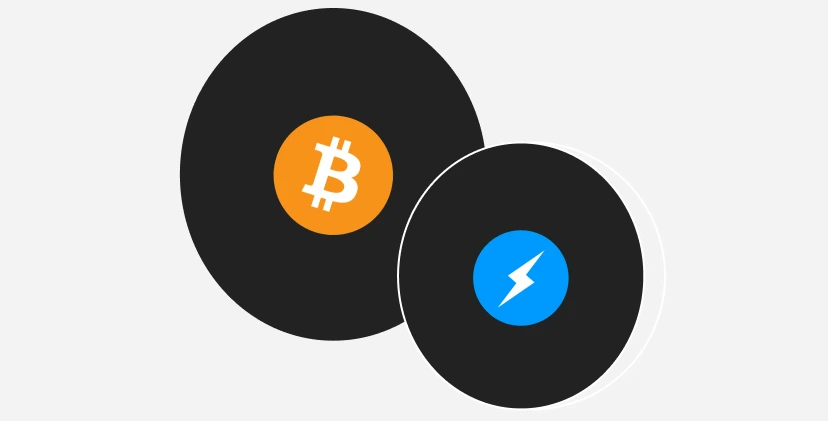
What is the Lightning Network?
The Lightning Network is a line that functions on top of the blockchain in order to provide rapid peer-to-peer transactions. It is she who is in no way considered unique for the purpose of bitcoin – she was leaked as well as other cryptocurrencies.
Perhaps you're curious about what I mean by “running on top of the blockchain.” The Lightning Network line is a second-level autonomous solution given in this way. It is she who makes it possible for users to carry out transactions in the absence of the need to record any transaction on the blockchain.
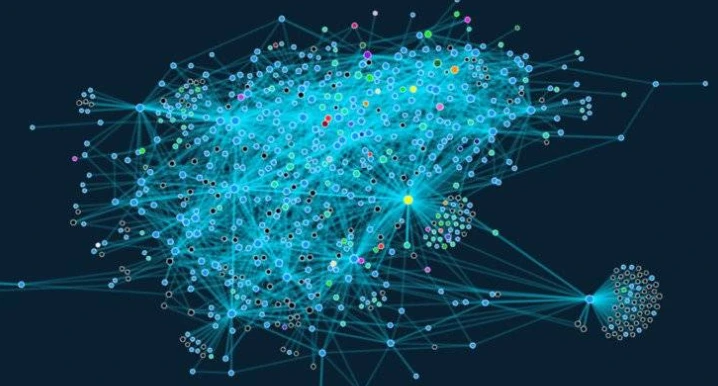
The Lightning network is isolated from the Bitcoin network – it has its own sections as well as software provision, however, at the same time, it is no less that it interacts with the main chain. In order to join or exit the Lightning line, special transactions should be formed for you on the blockchain.
What you do in the very process with your first transaction, so you create your own smart contract family together with another user. I'll look at the details soon, but until then, just imagine that a smart contract includes its own account book for you and another user. You will be able to record a large number of transactions in this ledger. They are visible only to you and your counterparty, but no one is able to cheat on you in any way due to some configuration features.
This mini-registry is called a channel. Let's assume that Alya and Robert have invested 5 BTC in a smart contract. If there are two channels, there will now be a balance of 5 BTC in your own channel. Then Alya would have the opportunity to write in the ledger “pay Bob 1 BTC.” Bob currently has 6 BTC in his account, and Alice has 4. Then Robert could send 2 BTC back to Alice later, refreshing the balance up to 6 BTC on Alice's side and 4 BTC on Bob's side. They can prolong doing this for a while.
In each period, each with their ability to place the current position was forged in the blockchain. During this period, the balances on either side of the counterfeiting are distributed among the proper co-conspirators of the chain.
According to the name, Lightning transactions are executed lightning fast. You do not need to wait for proof of blocking – payments have every chance to be made as quickly as your Internet connection allows.
How does the Lightning Network work?
The Lightning Network uses smart contracts to identify payment channels beyond the blockchain among pairs of users. As soon as these payment channels are identified, resources have every chance of being moved among them almost instantly.
It is logical that the bond does not need to create pairs among all users. For example, if user A has a path with user B, and user C has a channel with user B, but not with User A, all funds, without exception, also have every chance of being easily transferred among all participants in the bond. Lightning addresses seem like simple Bitcoin addresses, and the payment procedure for users is very similar.
In each period, users have every chance to close their own payment channels and also make final payments according to their accounts in the main blockchain.
Since only information about the opening and closing of payment channels is recorded in the main blockchain, the Bitcoin line is able to work faster. In addition, transactions on the Lightning network have every chance of being the most private, compared to those executed on the main blockchain (since all level 1 transactions, without exception, are displayed in a public and transparent registry).
Key Components of the BTC Lightning Network
In order to understand how the Lightning Network works, we should get to know its main components together.:
-
Payment channels: They are considered the base of the Lightning Network, allowing users to carry out a large number of transactions in the absence of stable recording in the main blockchain.
-
Wallets with multiple signatures: In order to authorize transactions in these specialized wallets, a number of signatures are required, which increases the security of payment channels.
-
Smart contracts: These automated contracts regulate the invention, activity, and closure of payment channels.
-
Nodes: The Lightning Network software is running in these PCs, which simplifies transactions.
Now, if I have analyzed the basic principles, let's look at how the Bitcoin Lightning Network line functions, step by step.
Step 1: Opening the payment channel
A journey occurs if 2 parties decide to disclose the payment path. Let's say Alya wants to discover the path with Bob. Look at what's happening:
-
Alya and Robert form a wallet along with some signatures in the Bitcoin blockchain.
-
They both record a specific number of bitcoins in a given wallet. For example, Alice deposits 0.5 BTC, and Bob deposits 0.5 BTC.
-
This transaction is entered into the main Bitcoin blockchain, determining the initial position of the forgery.
During this period, the path is revealed, and Alice and Bob have every chance to start making transactions in the absence of subsequent interaction with the key blockchain.
Step 2: Conducting transactions off-chain
Having determined the payment path, Alya and Robert now have every chance to carry out multiple transactions among themselves in the absence of broadcasting to the main Bitcoin line. See how this one functions.:
-
Alice wants to send 0.1 BTC to Bob.
-
They refreshed the balance of their own single wallet: now Alice has 0.4 BTC, and Bob has 0.6 BTC.
-
This transaction is considered instant and also does not require any payment due to mining, thus it does not concern the main blockchain in any way.
-
They have every chance to extend transactions there as well as back, updating their own balance at any one time.
These independent transactions are considered a source of the Lightning Network's speed and performance. They make it possible to make almost instant transfers with the lowest fees.
Step 3: Routing payments over the network.
One of the most powerful functions of the Lightning Network is considered to be its ability to direct payments between facets, in which there is no direct forgery. This is where the "network" part of the Lightning Network comes into play. See how this one functions.:
-
Alice wants to pay Carol, but in their absence, she faked the relationship directly.
-
The network finds its way from Alice to Carol according to the available channels. For example, Alice -> Bob -> Dave -> Carol.
-
The contribution follows through these transition sections, each of which updates the equilibrium of its own channels.
-
Carol purchases the contribution almost instantly.
This routing capability enables the Lightning Network to operate as well as a line of interdependent payment channels, which significantly expands its capabilities.
Step 4: Closing the Channel
If Alice and Bob decide that they no longer need their payment path, they have every chance to cover it up and also bring the final balance to the main Bitcoin blockchain. Here's the process.:
-
Alice and Bob agree to close the channel.
-
They create the final transaction, which displays their current balance.
-
This transaction is broadcast on the main Bitcoin blockchain.
-
After confirmation, the funds are distributed in coordination along with the final balance, and the path is closed.
Advantages of the Bitcoin Lightning Network
The Lightning aspect contains a number of additional advantages, one of which is that Bitcoin Lightning contains the possibility of using smart contracts on its network. Despite the fact that the use of lightning smart contracts has not become widespread in any way, since Lightning, without exception, is still in beta testing, it provides a large number of abilities for the purpose of the upcoming smart contracts supported by bitcoins. This also provides a chance for Bitcoin to compete with the latest blockchains, which are initially held by smart contracts like Ethereum.
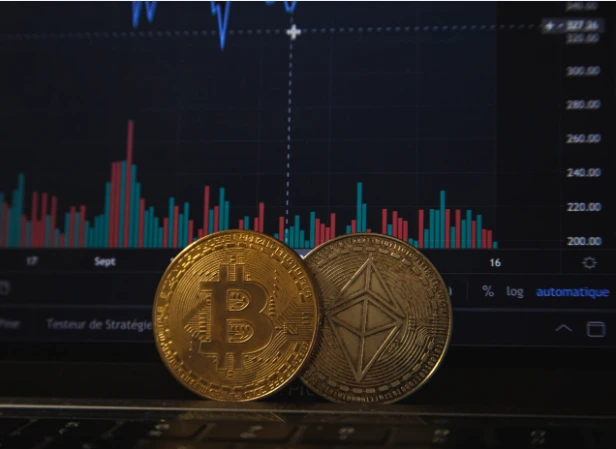
Another advantage is considered in this case, that this guarantees an auxiliary degree of confidentiality. It is much more difficult to track where the user spends his own bitcoins, since the costs are made outside of the network and are also hidden in Lightning channels. Without exception, what the user will notice in the main bond is that bitcoin acts in a multi-subscriber wallet, and less is sent back.
Applications of the Bitcoin Lightning Network
A more tangible application of Bitcoin lightning in real society can be traced in El Salvador, where BTC was recognized as a legal means of payment, which means that it can be used as an official payment resource in the state. Bitcoin Lightning means that residents have every chance to carry out transactions together with bitcoin support as a daily monetary unit, which can help reduce the cost of transferring funds through limits that can cost up to $195 in the transfer fee option.
Another promising addition is Twitter, in which co-founder Beetle Dorsey sought to introduce Bitcoin lightning in order to apply the payment method property. The implication is that Elon Musk is able to form this thought.
Alternatives to the Bitcoin Lightning Network
Despite the fact that Bitcoin lightning is perhaps considered the most common L2 for bitcoin, there is no one who is trying to improve Bitcoin by getting out of the boundary of ordinary transactions. Other L2s, such as Stacks and RSK, are mainly focused on helping smart contracts for the purpose of Bitcoin, compared to up to these times, similar bonds prevailed, as did Ethereum.
The Future of Bitcoin Lightning
In recent years, the Lightning Network has shown rapid growth, it is used according to the whole society, and more and more users and companies are integrating it in order to perform fast and cheap transactions. Since Bitcoin's popularity continues to increase, the Lightning Network line can help scale the cryptocurrency by allowing small as well as instant payments, which would otherwise further increase the volume of the original blockchain.
Looking ahead, it is possible to note that the future of Lightning promises exciting potential. Along with the increased popularity of cryptocurrency exchanges and users, this is able to make Bitcoin an even more universal payment tool, eliminating the difficulties of scalability that were observed earlier.
Conclusion
The Lightning Network presupposes a significant step in the future in solving the scalability problems that Bitcoin faces. By providing fast and affordable transactions, it is she who is able to change in this case, just as I use cryptocurrencies in everyday life. In this case, despite the fact that there are still difficulties to be overcome, the ongoing formation and introduction of the Lightning Network will create faith. According to the verge of development, the Lightning Network is able to play a key role in the future of digital payments, making Bitcoin the most practical and accessible for everyone.
The future of the Lightning Network is tempting, as continuous improvements as well as the widest possible introduction reveal an approach to creating the most scalable and efficient ecosystem. Regardless of this, whether you are considered a skilled bitcoin enthusiast or a beginner, you need to focus your interest in the Lightning Network, as it sets the perspective for this, just as I make transactions and interact with digital money.
FAQ
What is the Lightning Network?
The Lightning Network is an auxiliary chain designed for this purpose, in order to help the blockchain process more transactions and resolve scaling difficulties.
How can I access the Lightning Network?
You will be able to use a wallet shared with the Lightning Network in order to start using it.
Which cryptocurrency uses the Lightning Network?
The Lightning line existed for the purpose of bitcoin, btc Litecoin also uses it.
Want to learn more about crypto arbitrage?
Get a subscription and access the best tool on the market for arbitrage on Spot, Futures, CEX, and DEX exchanges.




